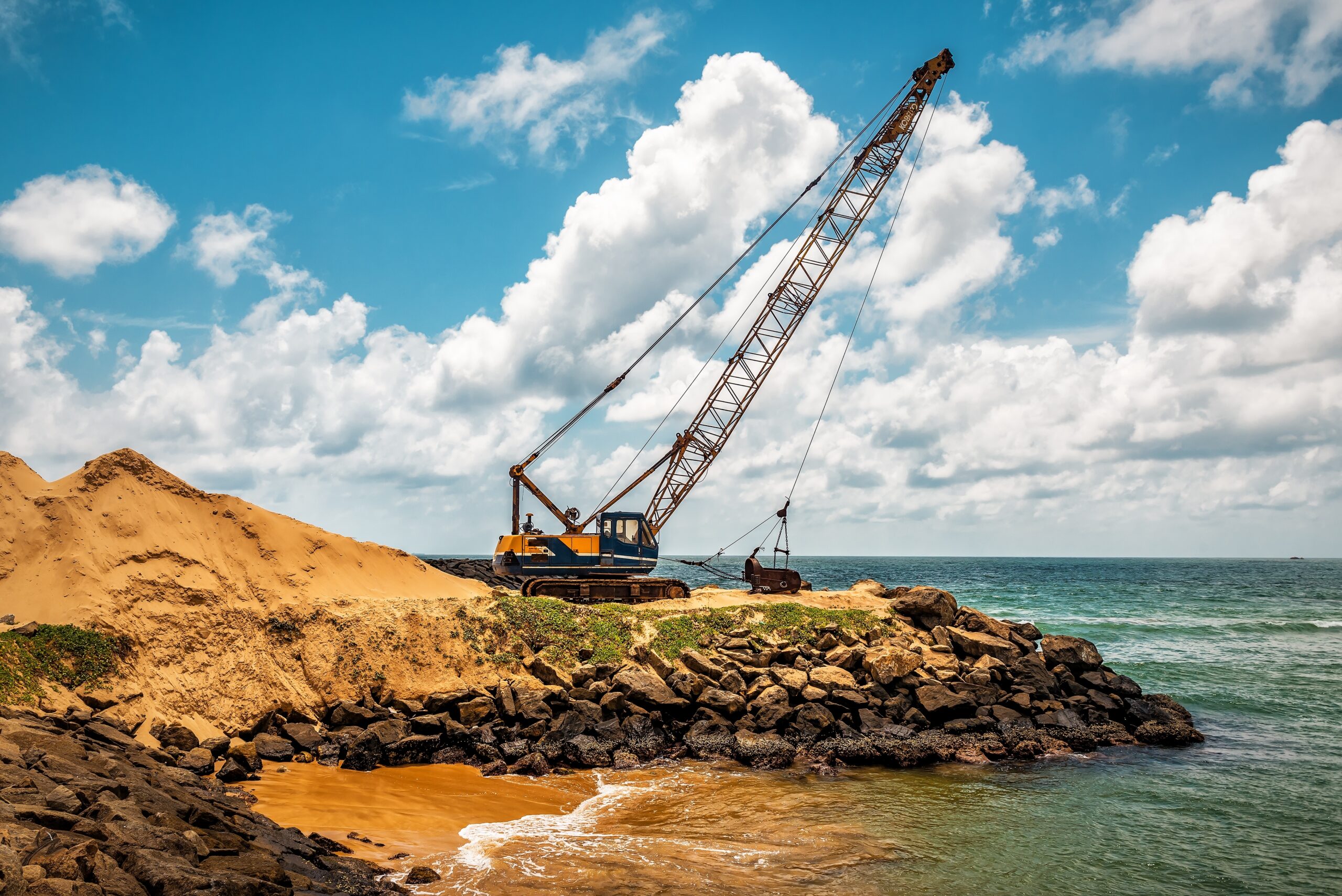Every machine operated manually should make the operator’s work smarter. On the road to autonomous machines and robotics, the choice often seems binary: on or off. However, making the leap from fully manual operation to full autonomy often meets resistance in practice. As is often the case, the truth lies somewhere in between.
The transition to autonomous systems does not happen overnight, and that’s a good thing. This process unfolds gradually, allowing us to adapt, making it less intimidating than it seems, and most importantly, giving us the time to adjust.
Courage and Innovation Go Hand in Hand
At Wanscale, we engage with many forward-thinking companies, businesses that dare to innovate. Courage is essential for entrepreneurship and for maintaining a competitive edge in a changing market. Take, for example, a company operating machinery that has had the same task for over 100 years, such as excavators. A century ago, their job was to dig, and that remains the same today. However, the way this task is performed is evolving.
A fully autonomous excavator is technically feasible, provided all environmental conditions are met. But does a fully autonomous system fit within a residential area or roadwork sites? A modern semi-autonomous machine may execute the task more efficiently than a human alone, but human involvement remains crucial. An experienced operator can assess whether the machine may encounter challenges during its assignment. Moreover, human oversight remains essential for ensuring safety in the surrounding area during operation.

Connectivity as the Key to Efficiency
For precise tasks, real-time updates, and secure communication, the right connectivity on the machine is indispensable. This is where Wanscale supports businesses. By providing optimal connectivity, we not only help companies streamline their processes but also make the work of experienced operators safer and more effective.
The best part? Seeing seasoned operators, who have worked with machines of various generations, realize that, with optimized connectivity, they can perform their tasks even better, faster, and safer. Because systems become accessible. Technology and human expertise go hand in hand, not by replacing people, but by enhancing their capabilities.
The Evolution of Working with Machines
The rise of smart technologies is not only changing how we use machines but also how we work. New generations of operators are growing up in a digital world where automation and connectivity are the norm. However, this does not mean that traditional skills become obsolete.
On the contrary! Knowledge and experience remain invaluable in interpreting situations and making crucial decisions that machines cannot make on their own.
The collaboration between humans and machines is becoming increasingly close. While humans focus on strategic decision-making, adaptability, and safety, technology takes over repetitive and precision tasks. This not only increases efficiency but also contributes to a more sustainable use of personnel and resources.
At Wanscale, we believe that technology is not meant to replace humans but to empower them. By integrating connectivity and automation in the right way, we help businesses move forward in an ever-changing world.
Autonomous systems rely on advanced networks, and space technology plays a crucial role in that.
Jos Beckers

